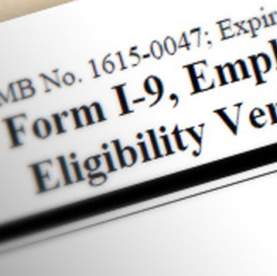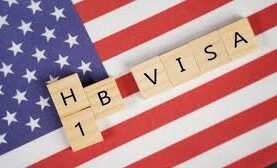How Do You Sponsor an Employee for Permanent U.S. Residence?
Employers interested in sponsoring a current employee for permanent resident status in the United States—or hiring an employee who is not a permanent resident—are faced with a difficult and time-consuming process. However, it is not an impossible one. While there are a number of steps involved, as well as a need for accuracy and completeness when filing paperwork, sponsoring a worker for permanent U.S. residency can be made much more manageable by understanding the process going in.
PREFERENCE CATEGORIES MATTER
Employment-based immigration to the United States is contingent upon workers meeting a variety of qualifications in terms of their line of work and their demonstrated abilities. The U.S. Congress has identified different classes of workers and ranked them by preference; these preferences dictate which type of employment-based immigrant visa (EB visa) a worker might qualify for. The EB-1 thru EB-4 categories, in general, prioritize truly exceptional workers, those with advanced degrees, skilled workers, unskilled workers in industries lacking sufficient American workers and a variety of others.
The category into which a particular worker falls will dictate the process by which an employer will petition on his or her behalf, including which forms will need to be submitted. A corporate immigration attorney can help you determine the best approach for your and your worker’s situation.
FILE, THEN WAIT
An employer’s first step is to apply for permanent labor certification for the employee through the U.S. Department of Labor. Once this application has been approved, the employer files an immigration petition (Form I-140) on the worker’s behalf. This is filed with U.S. Citizenship and Immigration Services, effectively putting the employee “in line” among other applicants—among, rather than behind, because of preference categories. It’s important to note that, even if your applicant is classified EB-1, you should still file as early as possible, because a number of factors can potentially delay the processing and acceptance of the petition.
The amount of time it takes for a petition to be processed can vary. The only certainty is that the process is aided by ensuring all paperwork is filled out properly and all necessary supporting documentation is provided.
When you have a current or prospective employee who is interested in becoming a permanent U.S. resident, the process of realizing that goal can seem daunting, and its complexity should not be underestimated. However, with the help of a skilled corporate immigration attorney, you can feel confident about taking the necessary steps to bring your employee to the United States (if they aren’t already here) or allow them to stay permanently.





